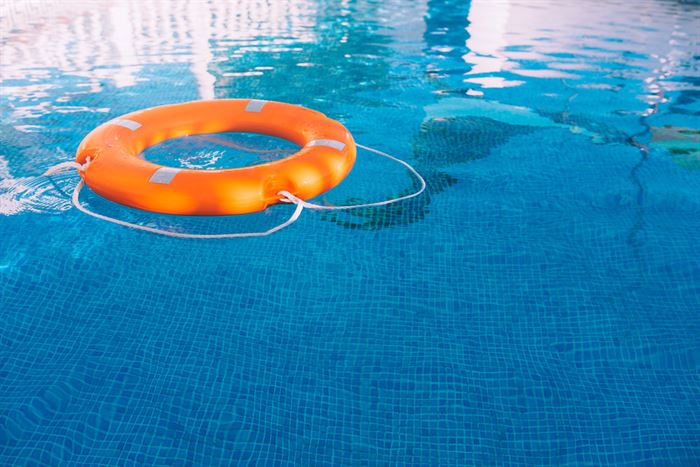

Having a pool is lots of fun, but it can come with it’s fair share of problems too. If you experience any issues with your swimming pool, don’t worry, it’s just one of those things that happens. Maintaining a chemical balance is crucial to keeping your pool safe and sparkling. Take a look at the common problems below so that you can be aware if they happen in future in your pool.
- Going green
Green is not the colour you want to see in your pool. It’s a sign of algae build up and a pool that’s way past it’s service due date. Although algae build up isn’t uncommon in pools, it can be avoided with a regular cleaning and maintenance schedule to keep your pool looking clean and fresh. If you have excess algae in your swimming pool, you’ll need to shock it.
By using products like PH+ or PH- , you can restore your pool to it’s normal pH level – between 7.2 and 7.6. Once your pool has been shocked with Sodium Hypochlorite (liquid chlorine), you can clean up any excess algae with a pool brush, and leave your filter to do the rest of the work
- An old, overused filter
Check and rinse your filter regularly to avoid any build up of debris. It’s one of the most common problems and the easiest solution is to keep your filter clean, it can be incorporated into your regular cleaning and maintenance schedule. You should also replace your filter when needed, even with regular cleaning filters will only last so long. - Calcium build up
Have you noticed a scratchy surface in your pool? Perhaps you’ve scraped your toes or your bathing suit? This can happen because of a calcium build up. This can be tested by doing a pH test and various products are available to reduce the calcium build up.
This could be a build up of calcium carbonate or calcium silicate. Calcium Silicate is a build up of white-grey scales and calcium carbonate is more white and flaky. Calcium silicate takes longer to form, so it could be a sign of a leak in the foundation of your pool and is always worth investigating further.
Carbonate is easy to remove using these kind of products. The best calcium level in your pool is between 200-400 ppm. The higher the number, the more common the calcium deposits.
- Cloudy water
Cloudy pool water is another common problem that pool owners experience. If your swimming pool water is cloudy, test the levels of your pool to make sure there aren’t too many chemicals and everything is within the acceptable ranges. The other thing to check is your pool filter. Rinse the pool filter or change it if needed because this can be a big contributor to cloudy pool water. If your pool is exposed to the elements, it could be worth considering a cover for your pool if there is too much dirt and debris getting into the pool which is impacting the quality of the water. - Staining in the pool
If you’ve cleaned your pool and noticed stains that won’t go away, this could be due to excess metal in your pool or rust from a crack in the foundation. Stains should always be investigated to find out what the source is and whether further action needs to be taken. - Irritation after swimming
Testing regularly should avoid this happening because it’s usually down to an imbalance in the pH levels. Our bodies can tolerate pH levels between 7.2 and 7.6, anything above or below can cause irritation and burning. If you experience irritation during or after your swim, test you pool as soon as possible. - Cracks in your pool
Seeing a crack in your pool is always disheartening, but it doesn’t always mean your pool is leaking. Cracks can be structural or foundational. It’s always best to seek professional advice for cracks in your pool to make sure work is carried out safely and up to standard. You can identify the source of the crack
There are plenty of issues that can come up as part of pool ownership and these are just some of the most common. You can find everything you need to keep your pool looking sparkling here on our website.

